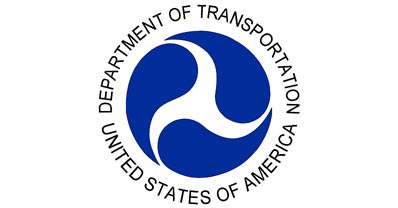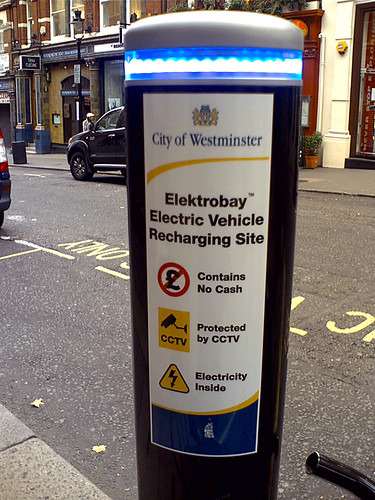(Source: Government Accountability Office)
Why GAO Did This Study
The New Starts program is an important source of new capital investment in mass transportation. To be eligible for federal funding, a project must advance through the different project development phases of the New Starts program, including alternatives analysis, preliminary engineering, and final design. The Federal Transit Administration (FTA) evaluates projects as a condition for advancement into each project development phase of the program. FTA has acted recently to streamline the process. This report discusses:
- The time it has generally taken for projects to move through the New Starts process and what Congress and FTA have done to expedite the process and
- Options that exist to expedite the process.
In response to a legislative mandate, GAO reviewed statutes, FTA guidance and regulations, and project data. GAO also interviewed Department of Transportation (DOT) officials, projects sponsors, and industry stakeholders.

Image Courtesy: FTA
What GAO Recommends
GAO recommends that DOT consider options to expedite project development and continue to improve its data collection efforts. DOT agreed with the first recommendation but not the second, which GAO revised to better reflect FTA’s efforts to date and the ongoing need for complete and reliable data to help strengthen the program.
What GAO Found
Insufficient data are available to describe the time it has taken for all projects to move through the New Starts process. Nevertheless, 9 of 40 projects that have received full funding grant agreements since 1997, and had complete data available, had milestone dates that ranged from about 4 to 14 years to complete the project development phases. However, the data from these 9 projects are not generalizeable to the 40 New Starts projects.
FTA has not historically retained all milestone data for every project, such as the dates that project sponsors apply to enter preliminary engineering and FTA’s subsequent approval. Although not required by its records retention policy, FTA has retained milestone data from some projects longer than 2 years. However, GAO was unable to obtain complete and reliable project milestone data from FTA.
FTA officials acknowledged that, while not historically perfect, the agency has retained sufficient milestone data to help manage the New Starts program. Nevertheless, recognizing the importance of having complete milestone data, FTA has taken several steps in recent years to more consistently collect and retain such data. In addition, GAO found that project sponsors do not consistently retain milestone data for projects that have completed the New Starts process.
Congress and FTA have taken action to expedite projects through the New Starts process. For example, legislative action created the Public-Private Partnership Pilot Program (Penta-P) to study the benefits of using public-private partnerships for certain new fixed-guideway capital projects, such as accelerating project delivery. In addition, FTA has implemented administrative changes to expedite the New Starts process. For example, FTA has developed and offered training workshops for project sponsors and has introduced project delivery tools. These tools include checklists for project sponsors to improve their understanding of the requirements of each phase of the New Starts process.
Project sponsors and industry stakeholders GAO interviewed identified options to help expedite project development within the New Starts program. These options include tailoring the New Starts evaluation process to risks posed by the projects, using letters of intent more frequently, and applying policy and guidance changes only to future projects. Each option has advantages and disadvantages to consider.
In addition, FTA must also strike the appropriate balance between expediting project delivery and maintaining the accountability of the program. For example, by signaling early federal support of projects, letters of intent could help project sponsors use potentially less costly and time-consuming alternative project delivery methods, such as design-build. However, such early support poses some risk.
It is possible that with more frequent use of letters of intent, FTA’s commitment authority could be depleted earlier than expected, which could affect the anticipated funding stream for future projects. Furthermore, some options, like combining one or more statutorily required project development phases, would require legislative action.
Click here to download/read the entire report (in PDF).





















